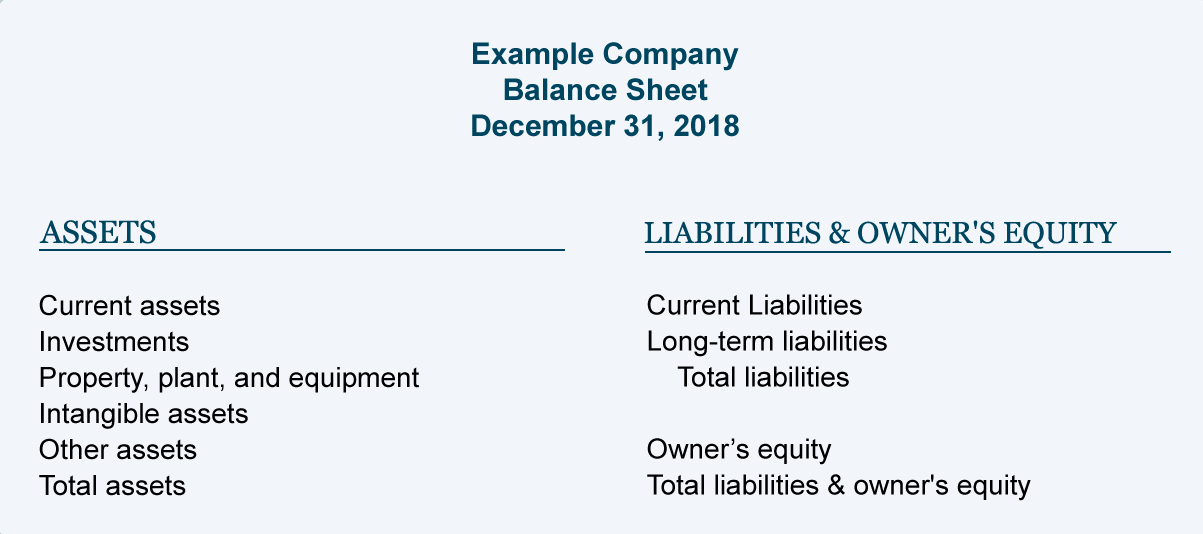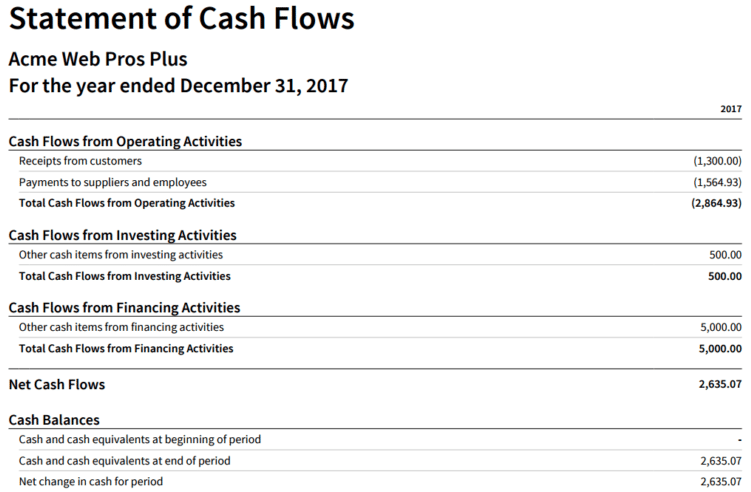A Newbie’s Guide to Understanding Financial Statements
Financial statements are crucial for any business. They provide fundamental information that helps business owners and other stakeholders understand the financial position and cash flows of their businesses. The stakeholders include creditors, analysts, investors, business partners, shareholders, and customers. Understanding the basic financial statements provide a window into the financial health of the company.
For financial reporting, companies prepare three main financial statements, including the income statement, balance sheet, and cash flow statement. In this article, we examine these statements in detail and how they summarize the financial information of the business.
Decoding the Types of Financial Statements
The standard financial statements that every company maintains include:
- Balance Sheet
- Income Statement
- Statement of Cash Flows
Balance Sheet

Also known as the Statement of Financial Position, a Balance Sheet provides an overview of a company’s assets, liabilities, and stockholders’ equity. It provides a picture of the company’s financial health at a certain point in time. The balance sheet is used to analyze how companies are funding assets and operations as well as an overview of investors in the company.
The following formula summarizes a company’s balance sheet:
Assets = Liabilities + Shareholders’ Equity
In the balance sheet, assets refer to cash and cash equivalents, accounts receivables, and inventory. The term liabilities pertain to debt, wages payable, dividends payable, rent, tax, and utilities. Shareholders’ equity refers to the total assets of the company minus its liabilities. In case the company is liquidated, this is the amount that would be paid to the shareholders after the debts are paid and the assets liquidated.
Income Statement

The Income Statement, also known as the Profit and Loss Statement, lists the revenue and expenses and calculates the net earnings or losses. It provides an overview of the revenues, expenses, net income and the earnings per share. Unlike balance sheets, income statements provide the company’s financial performance in terms of net profit or loss over a specified period.
The income refers to what the business has earned over a period of time, including sales income, dividend, etc. Expenses include the costs incurred by a business over a specific time period such as rent, salaries of employees, depreciation, etc.
Following is the process of calculating the net earnings or loses in an income statement:
- The income statement displays the sales revenue at the top.
- The sales return or sales discount is deducted to calculate the net sales.
- The gross profit is calculated by subtracting the cost of goods sold from net sales.
- By deducting the operating expenses from the net sales, we get the Earnings Before Interest and Taxes (EBIT).
- EBT or the Earnings Before Taxes is calculated by deducting the interest paid or interest charged.
- To calculate the net income, we deduct the income taxes of the period from the EBT.
Statement of Cash Flows

The cash flow statement tracks the inflows and outflows of cash and bank balance over a period of time. Businesses generate cash flows from its core operations, investing activities, and financing activities.
At the end of the year, companies prepare their financial statements in accordance with the accounting standards to prepare budgets and give stakeholders an overview of how the business is functioning. Businesses that are looking to borrow and raise capital for expansion also have to produce financial statements. This allows credit agencies to assess the position of the business as regards to the capacity of the entity to repay its short as well as long term liabilities.
While financial statements are required for publicly traded companies, understanding financial statements are crucial for every business owner to assess the financial position for their company.
